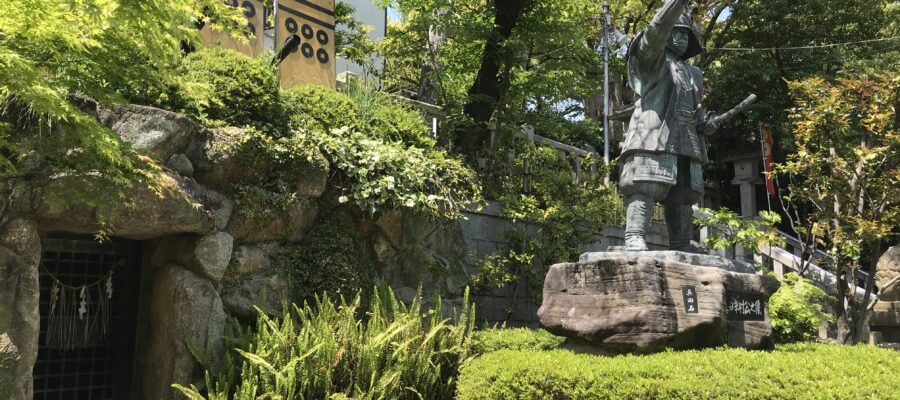真田丸ゆかりのお寺
大阪城公園の森ノ宮方面から出て南に10分程度歩いていくと、大坂冬の陣の時に真田信繁が真田丸を築いたと言われるエリアに着きます。辺りの地名を見ると“空堀”とあり、豊臣の大坂城は東、北、西は水堀や川、南は空堀で守られていたとそうですから、その空堀のすぐ南は、まさに真田丸があったと推定されるのでしょう。
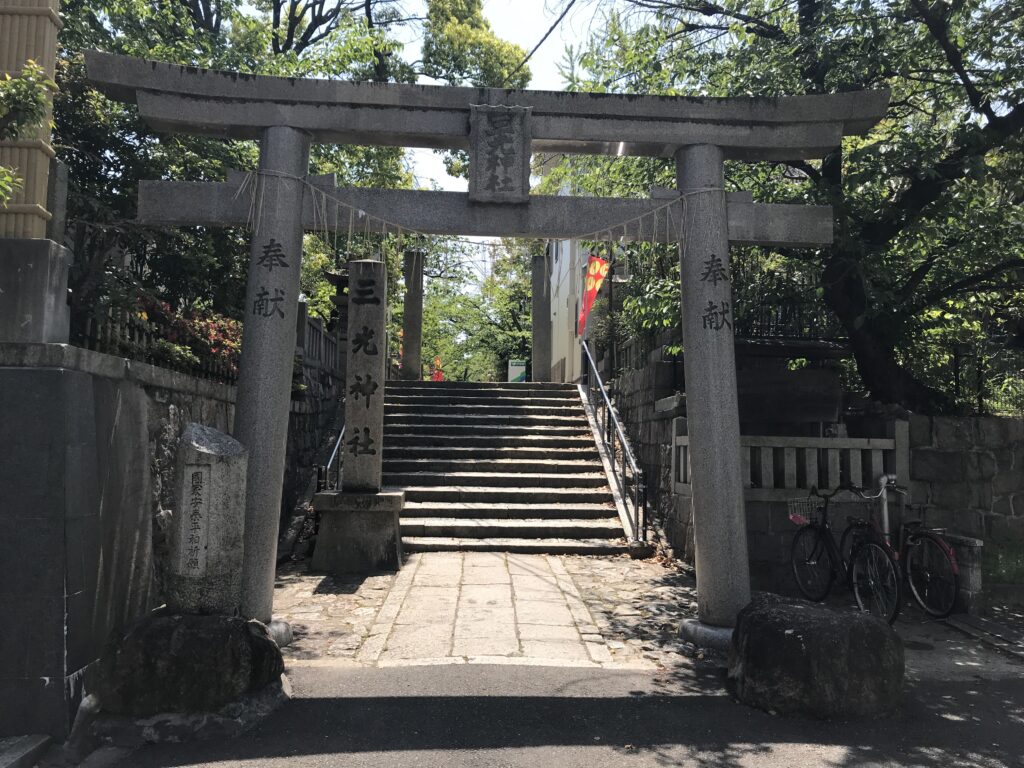
今回は、このエリアにある三光神社を訪れました。鳥居の前に立つと、街中にあるごく普通の神社です。ここは大阪七福神の一つで、寿老人をお祀りしています。そのため、本殿の横には寿老人の像が立っていました。
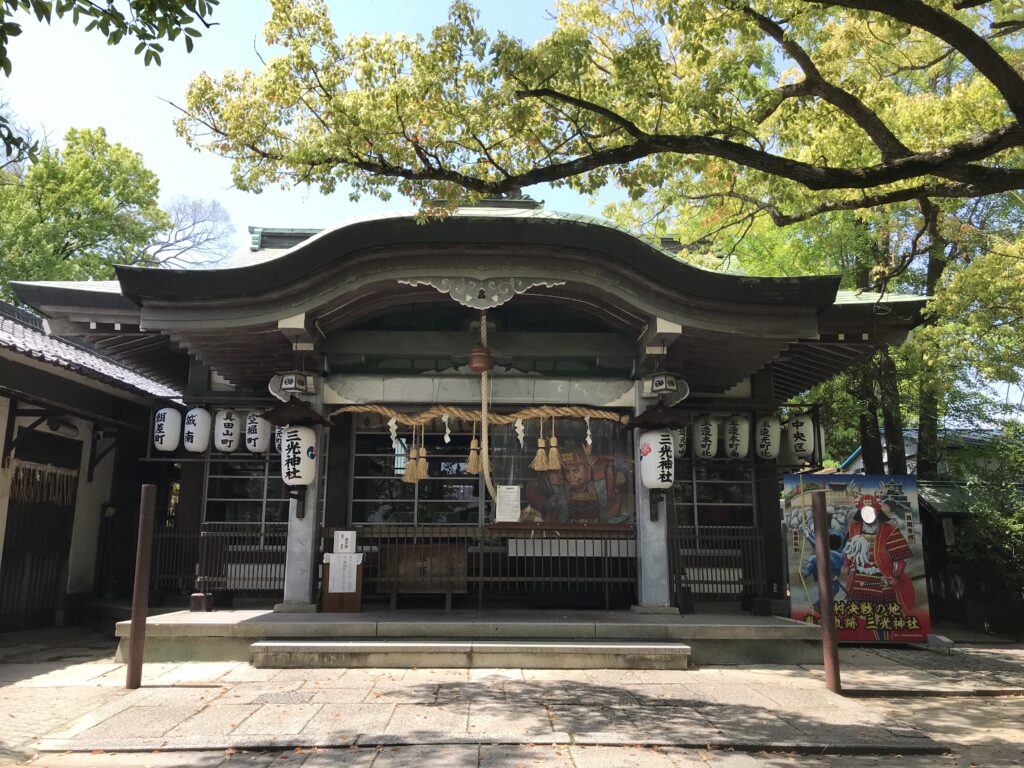
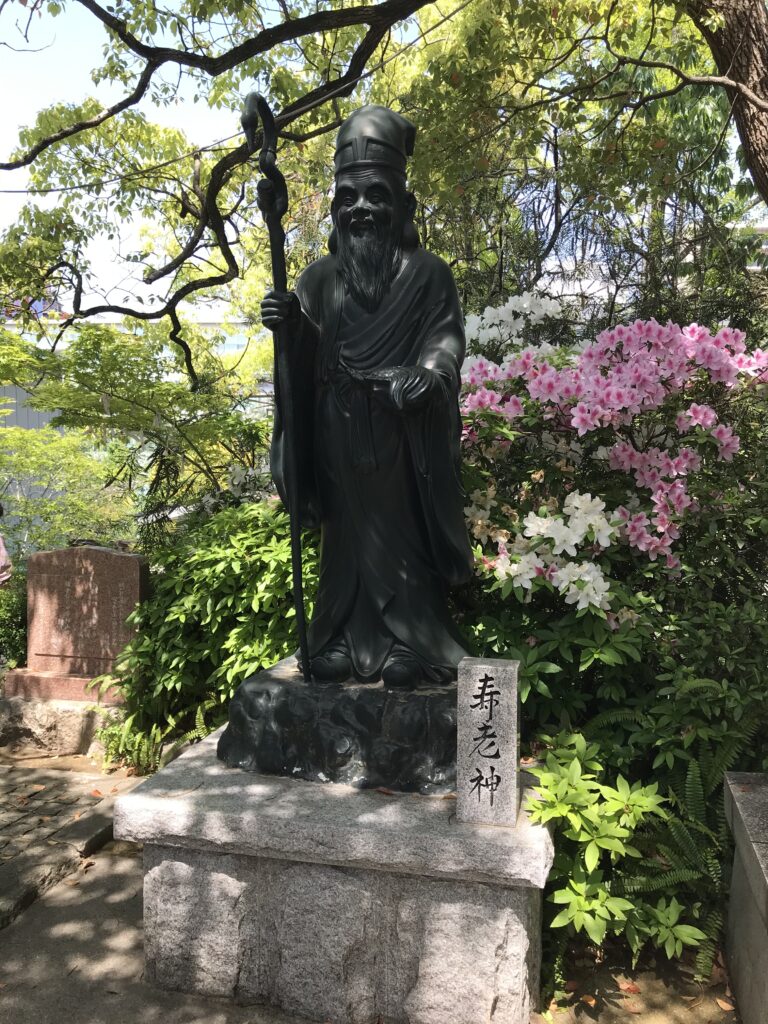
真田ゆかりの像
境内には赤い幟が沢山立っていて、いかにも真田にゆかりのある神社を演出しています。本殿でお参りをすませ、真田信繁の像を見に行きました。本殿の前の階段を下りると右側に立っています。
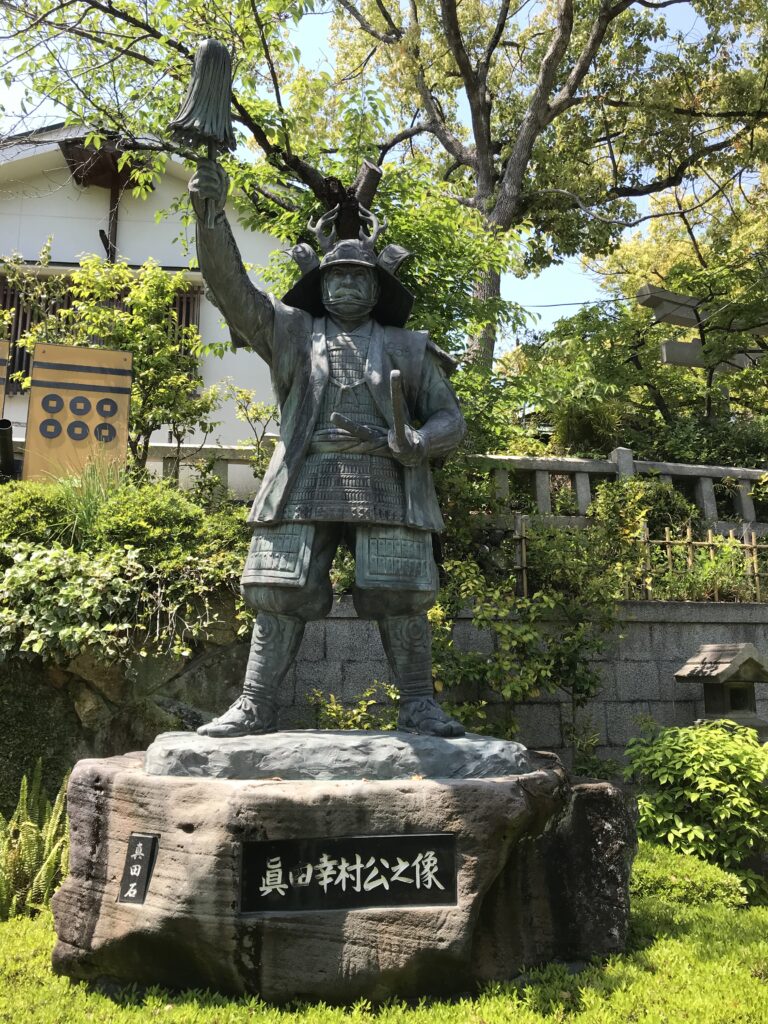
抜け穴伝説
像に向かって左側には、なにやら怪しげな石組があり、横穴になっているようです。穴の扉には鍵がかけてあり、中には入れなさそうです。伝説によると、昔、この穴は大坂城に通じる穴で、信繁が城と城外を行き来するのに使ったそうです。
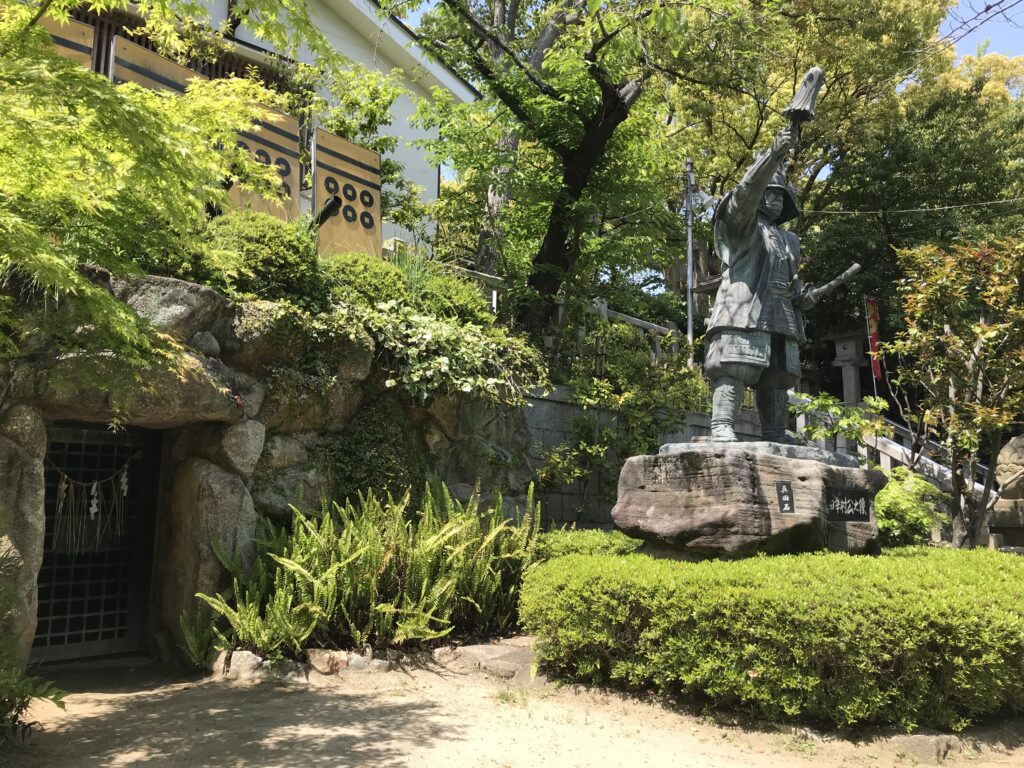
とすれば、ここから、先ほどの空堀エリアの下を通る地下坑があって大坂城に通じていたことになります。距離的には不可能ではない距離なので、城に続く穴があっても不思議ではありません。本気で調べれば、真偽はすぐ決着するのでしょうが、そっとしておく方が戦国のロマンを感じられるのではないでしょうか。(完)
三光神社の御朱印
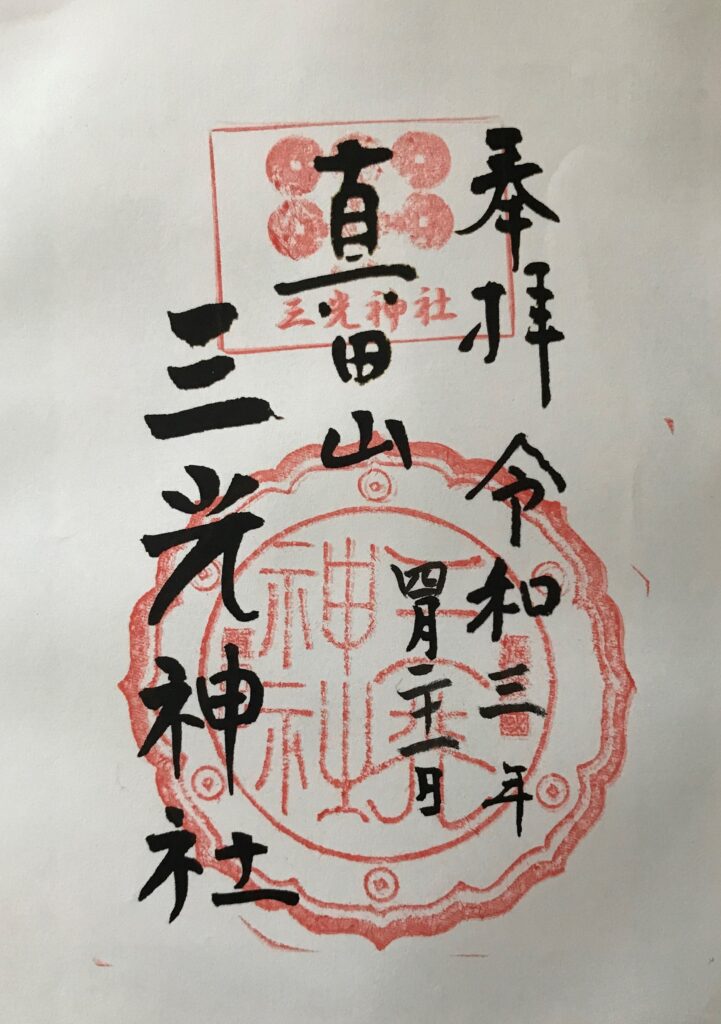
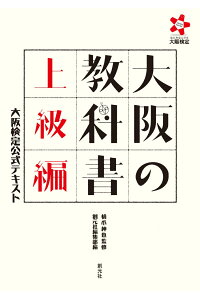
大阪の教科書 上級編 大阪検定公式テキスト [ 橋爪 紳也 ]
価格:2,090円
(2021/9/4 14:02時点)
感想(1件)
Sanko Shrine
If you leave the Morinomiya direction of Osaka Castle Park and walk south for about 10 minutes, you will arrive at the area where Nobushige Sanada is said to have built Sanadamaru during the Osaka Winter Battle. The name of the area is “Karabori,” and it is said that Toyotomi’s Osaka Castle was protected by water moats and rivers to the east, north, and west, and by an empty moat to the south, so it is assumed that Sanadamaru was located just south of the moat.
This time I visited Sanko Shrine in this area. Standing in front of the torii gate, it is a very ordinary shrine in the city. This is one of the seven gods of good fortune in Osaka, and Jurojin is enshrined here. Therefore, a statue of Jurojin stood next to the main shrine.
There are many red banners in the precincts of the shrine, giving the impression that the shrine is associated with Sanada. After praying at the main shrine, I went to see the statue of Nobushige Sanada. The statue stands on the right side of the steps in front of the main shrine.
On the left side facing the statue, there is some kind of suspicious looking masonry, which seems to be a side hole. The door of the hole is locked, and it seems that it is impossible to enter. According to legend, this hole used to lead to Osaka Castle, and Nobushige used it to go back and forth between the castle and the outside.
If this is the case, then from here, there was an underground tunnel that passed under the empty moat area mentioned earlier and led to Osaka Castle. The distance is not impossible, so it is not surprising that there is a hole leading to the castle. Serious investigation would probably quickly determine its authenticity, but it would be better to leave it alone and enjoy the episode of the Warring States period. (End)
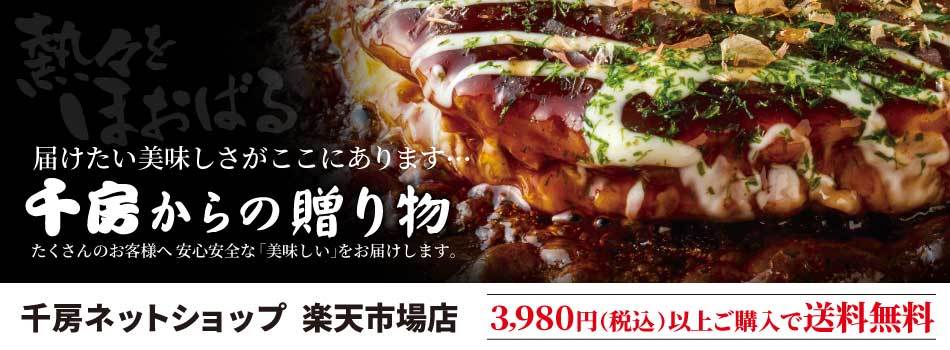
【送料無料】【千房公式】 お好み焼ギフトセット ギフト 贈り物 冷凍 レンジで簡単 本場大阪の味 お祝い 内祝い 粉もん お手軽
価格:5,400円
(2023/1/3 15:05時点)
感想(7件)
Sanctuaire de Sanko
Si vous quittez la direction Morinomiya du parc du château d’Osaka et marchez vers le sud pendant environ 10 minutes, vous arriverez à la zone où Nobushige Sanada aurait construit Sanadamaru pendant la bataille d’hiver d’Osaka. Le nom de la zone est “Karabori”, et on dit que le château d’Osaka de Toyotomi était protégé par des douves et des rivières à l’est, au nord et à l’ouest, et par une douve vide au sud. On suppose donc que le Sanadamaru était situé juste au sud de la douve.
Cette fois, j’ai visité le sanctuaire Sanko dans cette zone. Debout devant la porte en forme de torii, c’est un sanctuaire très ordinaire dans la ville. Il s’agit de l’un des sept dieux de la bonne fortune à Osaka, et Jurojin y est enchâssé. Par conséquent, une statue de Jurojin se tient à côté du sanctuaire principal.
Il y a de nombreuses bannières rouges dans l’enceinte du sanctuaire, ce qui donne l’impression que le sanctuaire est associé à Sanada. Après avoir prié au sanctuaire principal, je suis allé voir la statue de Nobushige Sanada. La statue se trouve sur le côté droit des marches devant le sanctuaire principal.
Sur le côté gauche, face à la statue, il y a une sorte de maçonnerie d’apparence suspecte, qui semble être un trou latéral. La porte du trou est verrouillée, et il semble qu’il soit impossible d’y entrer. Selon la légende, ce trou menait au château d’Osaka et Nobushige l’utilisait pour aller et venir entre le château et l’extérieur.
Si c’est le cas, alors d’ici partait un tunnel souterrain qui passait sous la zone vide des douves mentionnée précédemment et menait au château d’Osaka. La distance n’est pas impossible, il n’est donc pas surprenant qu’il y ait un trou menant au château. Une enquête sérieuse permettrait probablement de déterminer rapidement son authenticité, mais il vaut mieux laisser faire et profiter de cet épisode de la période des États combattants. (Fin)
